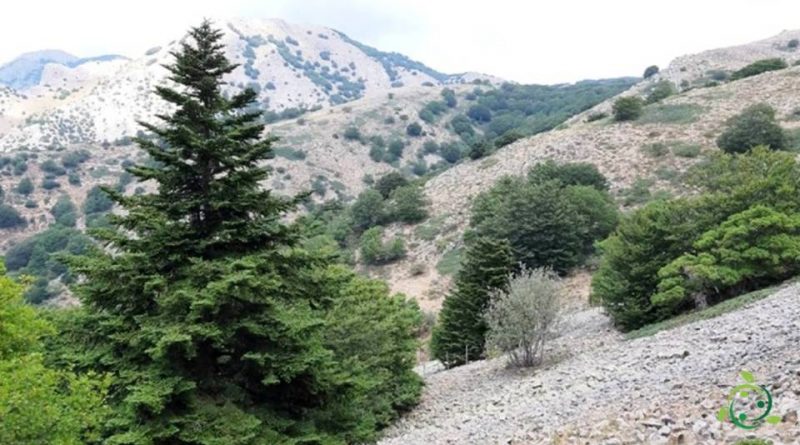How the Sicilian fir is grown
How the Sicilian fir is grown
The Nèbrodi fir or Madonie fir or even Sicilian fir (Abies nebrodensis (Lojac.) Mattei, 1908) is a tree of the Pinaceae family endemic to Sicily.
This species which was once classified as a subspecies of the silver fir (Abies alba Mill., 1759) would have been formed by speciation during the beginning of the last post-Wurmian interglacial.
Currently there are just over 3,000 examples of this pint grown in specialized botanical gardens and arboretums, both in Sicily and in other areas of southern Italy.
The reproductive structures are:
– male cones, thick, lateral, greenish yellow with purple scales;
– female cones, erect with short peduncle, about 10 cm long, are yellowish-green and then greenish-brown. They have a cylindrical shape with a conical apex and protruding bracts folded down.
Cultivation –
For the cultivation of this plant you can start from seed that should be found in the botanical gardens or the few farmers who cultivate it as some specimens produce a certain percentage of fertile seeds with which you can periodically proceed to cultivation in the nursery and then transplanting. .
Bear in mind that the planting of seeds (or young seedlings) must be done in a suitable environment or micro-habitat. It is therefore necessary to avoid coastal or low-altitude areas, southern exposures that are devoid of vegetation, etc.
In fact, Abies nebrodensis prefers cool places and, above all, emergency water availability during the summer season.
Storage –
In 2000, the Madonie Park started a LIFE Nature project for the conservation of this species.
Abies nebrodensis is a protected species, included in the international red list.

